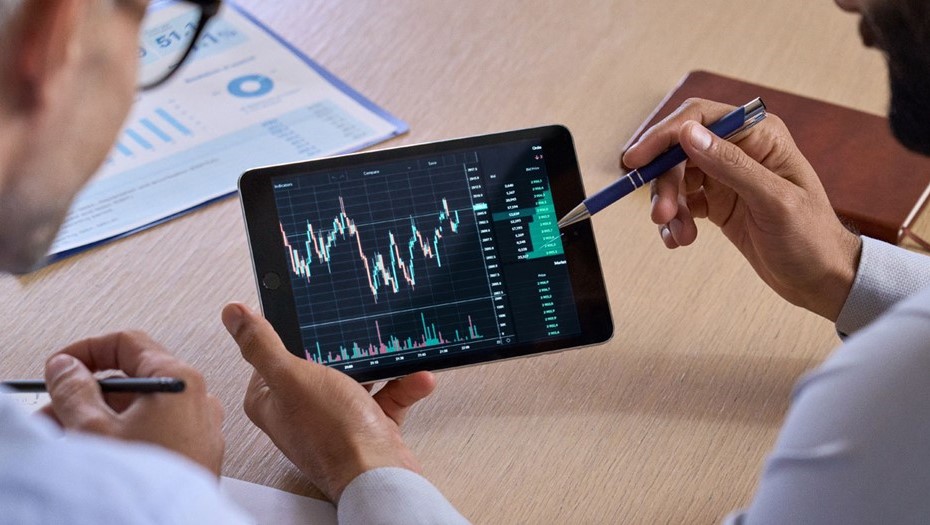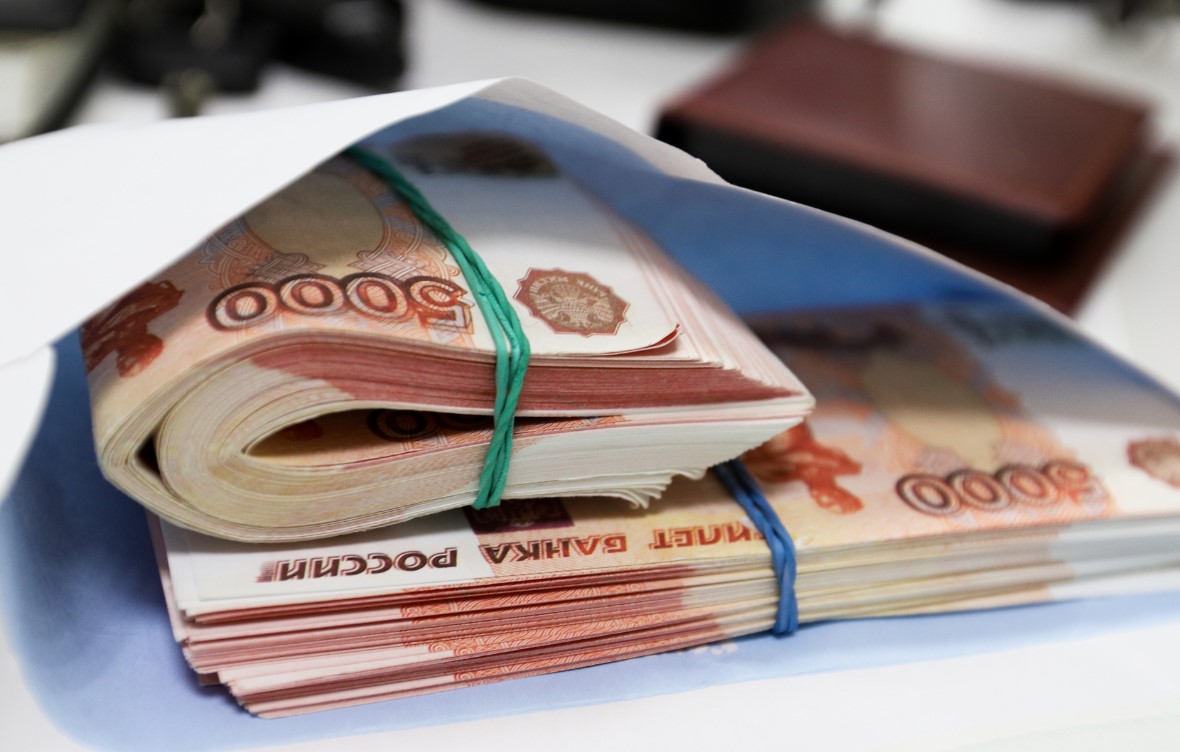Key Economic Events of the Week: A Brief Overview for Investors
Key Takeaway for Investors: Amid the decisions of major central banks and geopolitical upheavals, investors should consider balancing their portfolios between defensive assets (government bonds, gold) and sectors with long-term growth potential (technology, green energy), while actively taking advantage of short-term trading and diversification opportunities.
Monetary Policy and Key Rates
Decision by the Federal Reserve (Fed)
The Fed maintained its interest rate at a range of 5.25%–5.50%. The press release reaffirmed its commitment to reduce inflation to 2%, while emphasising the readiness to respond flexibly to new data. The yield on 10-year US Treasury bonds rose to 4.85%, and the dollar strengthened against major currencies. This creates favourable conditions for investing in short-term US government bonds and money market funds that will benefit from increased rates.
Analysts note that the Fed's "hawkish" rhetoric may persist until the end of the year, especially if inflation remains above target. Investors should monitor comments from FOMC members and labour market data to timely adjust their exposures.
European Central Bank (ECB) Policy
The ECB maintained the deposit rate at 4.00%. Despite a slowdown in inflation to 4.0% and an improving PMI above 50, the regulator kept a "hawkish" tone. The yield on German Bunds fell to 2.35%, opening opportunities for purchasing European bonds for a medium-term horizon.
Furthermore, several research firms forecast that the first step towards lowering rates will not occur until at least mid-2026, making European government bonds attractive instruments for investors seeking stable fixed income.
Impact on the Global Debt Market
The stringent policies of central banks have led to a rise in yields on emerging market government bonds by 15–20 basis points. Investors are withdrawing capital, necessitating the hedging of currency risks and consideration of EM convertible corporate bonds. The EM market is demonstrating mixed dynamics: some countries responded to tightening external conditions with currency devaluation, while others raised rates to retain capital.
To mitigate risks, it is advisable to diversify the portfolio across countries and sectors, as well as to utilise investment opportunities in currency ETFs and fixed-income products with protection against devaluation.
Macroeconomic Indicators and Forecasts
Inflation Rate and Consumer Activity
Annual inflation in the US decreased to 3.7% in August, down from 3.9% in July. The PCE index rose by 0.3% month-on-month, in line with analyst expectations. The decline in energy prices is reducing inflationary pressure, but high volatility in household expenditures persists.
Retail sales in August increased by 0.5% month-on-month, exceeding expectations and indicating sustained consumer demand. However, rising costs for housing and healthcare remain a risk factor for further consumer market stability.
GDP Dynamics and Unemployment
US GDP growth for the second quarter was revised down to +2.1% year-on-year. Unemployment remains low at 3.5%, which strengthens expectations for a future rate cut by the Fed. In the Eurozone, GDP growth was +0.6% quarter-on-quarter, and unemployment stabilised at 6.4%, with the manufacturing PMI improving, indicating the start of a phase of recovery.
Japan reported a GDP increase of 1.1% quarter-on-quarter in the second quarter, with a record-low unemployment rate of 2.4%. This underscores the synchronous recovery of major world economies; however, the gap in dynamics among EM markets continues to widen.
Situation in Russia
Russian GDP grew by 0.8% year-on-year in July, while unemployment increased to 4.4%. Weak domestic demand is offset by high raw material exports, but seasonal fluctuations increase the volatility of rouble-denominated assets. Investors should consider OFZ-IN bonds and ISZh for inflation protection.
The Central Bank of Russia left the rate at 12.5% in September, noting a decline in inflation expectations. This may ease the pressure on the rouble and lower the yield on short-term rouble bonds, an important consideration when forming local strategies.
Major Corporate Reports and Events
Technology Sector
Apple reported revenue of $89.1 billion (+4% year-on-year) and profit of $24.3 billion, exceeding expectations by $1.5 billion, driven by a 6% increase in iPhone sales and record earnings of $22.3 billion from services. Microsoft posted revenue of $60.5 billion (+5% year-on-year), with cloud services Azure contributing significantly with a 28% increase.
Google's report showed an 8% rise in revenue to $76 billion, with advertising revenue up by 9%. This indicates a recovery in the advertising market and confirms the resilience of the business models of major tech platforms.
Energy and Commodities
Exxon Mobil exceeded expectations with revenue of $115 billion (+12% year-on-year) and profit of $14.8 billion. The company announced dividends of $0.88 and a $30 billion share buyback. BP and Shell reported moderate results, offsetting weak demand for petroleum products with margin expansion in Latin America.
New projects in the oil and gas sector — LNG developments in Australia and Mozambique — are set to launch between 2026 and 2027, which could increase market supply and ease price pressures.
M&A and Strategic Deals
Debates are ongoing regarding a merger between T-Mobile and Charter Communications valued at $80 billion. The synergies from 5G and broadband access could drive stock growth for those involved in the deal.
US antitrust authorities are scrutinising the deal, and the approval timeline may be extended to 2026. This creates short-term uncertainty, but the long-term combination of infrastructure will enhance the competitiveness of the companies involved.
Market Indices and Assets
Major Indices
The S&P 500 rose by 1.2% for the week, the NASDAQ Composite increased by 1.8%, and the MSCI World saw a 0.9% uptick. The Russian MOEX declined by 0.5% due to foreign capital outflows and rouble strengthening. The current dynamics reflect a balance between risk assets and capital protection strategies.
MSCI Emerging Markets indices fell by 1.1%, underscoring the divergence in performance from developed markets and reinforcing arguments for capital rotation into EM.
Precious Metals and Commodities
Gold fell to $1,930 per ounce under pressure from Treasury yields, yet remains a key asset for hedging. Brent crude hovers around $93 per barrel amid geopolitical tensions and a reduction in upstream investment.
Copper prices increased to $9,200 per tonne due to anticipated rising demand in China and the cessation of copper concentrate exports from Chile during strikes. Rising prices for industrial metals support the prospects for the mining sector.
Currency Movements and Risks
USD/RUB and EUR/USD Rates
The rouble strengthened to 92.50 per dollar amid demand for OFZ bonds and a technical rebound on FOREX. The euro decreased to 1.070 against the dollar due to weak inflation in the Eurozone. Investors are advised to consider multi-currency diversification.
The yen weakened to 150 per dollar following statements from the Bank of Japan regarding the continuation of an ultra-loose policy, creating opportunities for yield in JPY strategies for interest rate arbitrage.
Risks and Hedging
Anticipations of an easing monetary policy from the Fed and the ECB's hawkish stance, alongside geopolitical news regarding sanctions, necessitate the use of forwards and options to hedge currency risks.
To protect against sudden devaluations of emerging currencies, investors could utilise call options on USD or take short positions on futures for local indices.
Global Trends and Geopolitical Factors
Geopolitical Tension
The escalation in the Middle East and new US sanctions against China have increased uncertainty. The risk premium in oil has risen by $3 per barrel, supporting Brent prices above $90 and heightening interest in the commodities sector.
On the other hand, agreements on grain exports via the Black Sea have alleviated the food crisis and reduced risks for agricultural nations, positively impacting wheat and corn prices.
ESG and Sustainable Development
ESG fund assets have surpassed $3.5 trillion. Companies with high sustainability ratings exhibit lower volatility. Investors are encouraged to increase the share of "green" assets and environmentally responsible issuers.
New regulatory initiatives in the EU aimed at reducing CO2 emissions and transitioning to a circular economy are stimulating growth in investments in clean technologies and energy efficiency, creating additional opportunities for portfolios focused on sustainability.
Investment Strategies Amidst Volatility
Portfolio Diversification
It is advisable to combine government bonds from developed countries, precious metals, and a multi-currency basket (USD, CHF, JPY) to mitigate risks and preserve capital. Additionally, considering capital protected funds and structured products could enhance options.
A balanced exposure to various asset classes allows for reduced portfolio correlation and more stable returns during market turbulence.
Active Trading Tactics
Utilise short-term fluctuations around Fed news and corporate earnings. Arbitrage opportunities between Treasury and Bund yields remain a key strategy for experienced traders. It is essential to control risk through stop orders and position sizing.
A "carry trade" strategy on high-yielding EM currencies, assuming adequate hedging, can yield additional income but necessitates careful monitoring of political risks.
Long-Term Investments
Consider technology companies with sustainable revenue growth and green energy. Maintaining long positions in biotechnology and digital platforms can generate outsized returns over 3–5 years. Incorporating private equity and venture funds into the portfolio adds diversification and potential high returns.
Sustained demand growth for cloud computing services, artificial intelligence, and healthcare creates a conducive environment for investments with a horizon of at least five years.
Conclusion: A balanced portfolio of defensive and growth assets, active hedging of currency and interest rate risks, combined with long-term investments in technology and ESG, represents the optimal strategy for the current phase of the market.




